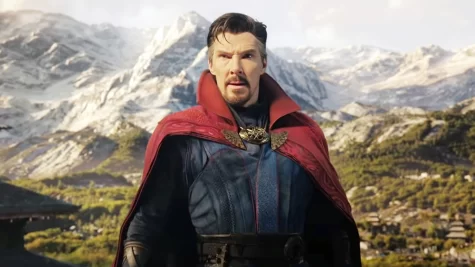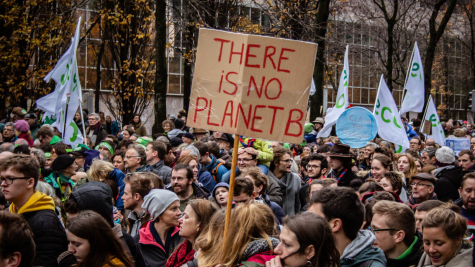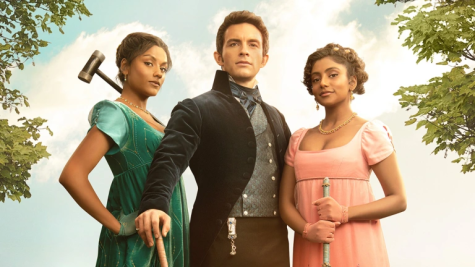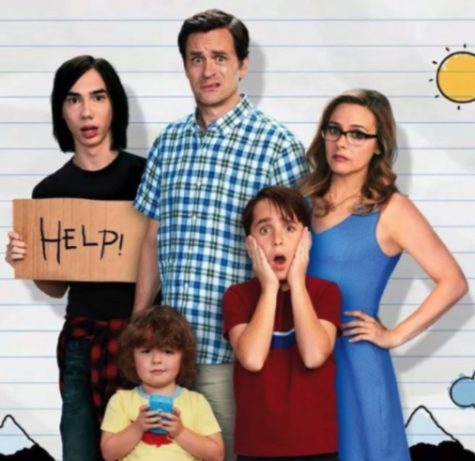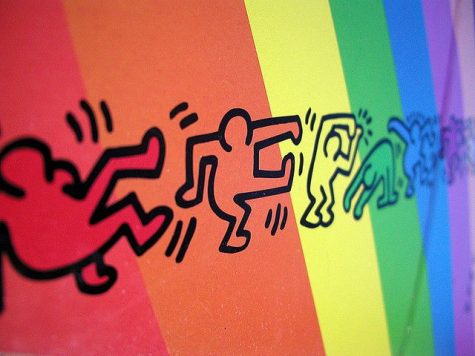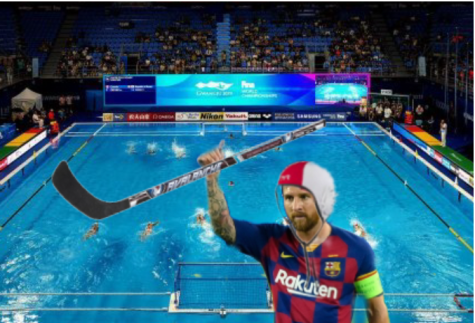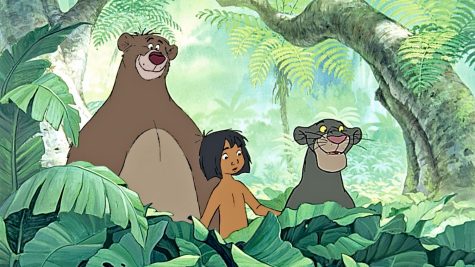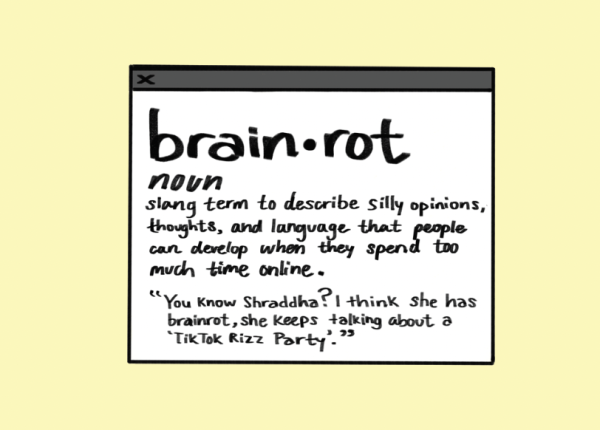Exploring Literature: Why are book-to-movie adaptations so bad?
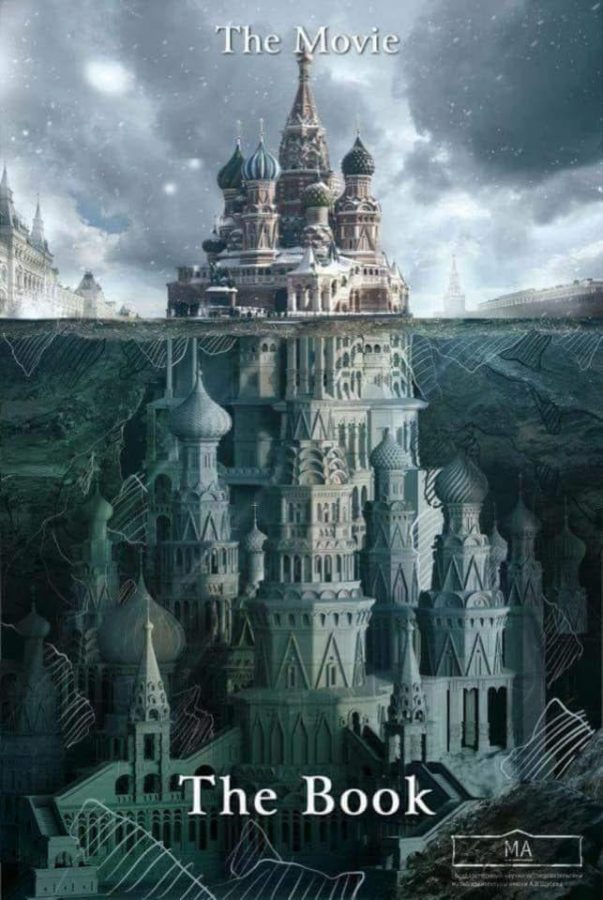
Fans typically jump with glee when they hear their favorite books are being transformed into movies. However, household favorites that captured millions of hearts with wild fantasy worlds or heart-wrenching love stories seem to lose their bond with fans once translated into a movie. For example, many people read both the “Harry Potter” books and watch the “Harry Potter” movies. But according to a poll by GoodReads, 91% of people surveyed enjoyed the books more than their respective movies.
There are many things in a book that could never be done in a movie. First, a book leaves the reader in a position where they have to envision the characters, settings and story. Whereas a movie only portrays the way a director interprets the text. Second, movies tend to leave out details from books which creates plot holes. In addition, interacting with a text instead of a movie means that readers can identify literary elements that the author included, adding details exclusive to the experience of reading.
When reading a book, although the author narrates the story while describing characters, settings and events, there are still a lot of gray areas open to the imagination of the reader. This leads the reader to imagine a creative version of the story that they enjoy more. Readers can form their interpretation of the text with the unique elements of their imagination. One reader’s interpretation is different from another’s. Meanwhile, in movies, directors cherry-pick main events to weave through, leaving no room for viewers’ interpretations.
Next, many movies leave out details that they included in their respective books. This usually happens since readers spend lots of time in the minds of the characters and actors simply cannot convey the same details through their portrayal. This internal thinking that is present in books is oftentimes key to the development of the plot and characters. Details might also be omitted due to legal restrictions or lack of author approval.
Interpreting a physical text leaves room for readers to identify literary elements that the author places such as foreshadowing and similes. These devices are necessary to understand the perspective of the author and to understand the writer’s ideas. They also highlight important events in the text, enhance the overall plot or narrative, and aid readers in connecting to the themes and characters.
After all, movies and books are an experience, a story that the writer is taking you through. Books allow the reader to leisurely go at their own pace — taking time to immerse themselves in the atmosphere created by the author, revisiting their favorite moments and digesting the plot. Time is key to properly digesting the plot, something that is not accounted for in movies where it is typically one rapid-fire scene after another. When all is said and done, books will always hold a certain element that is absent in translations to film.



